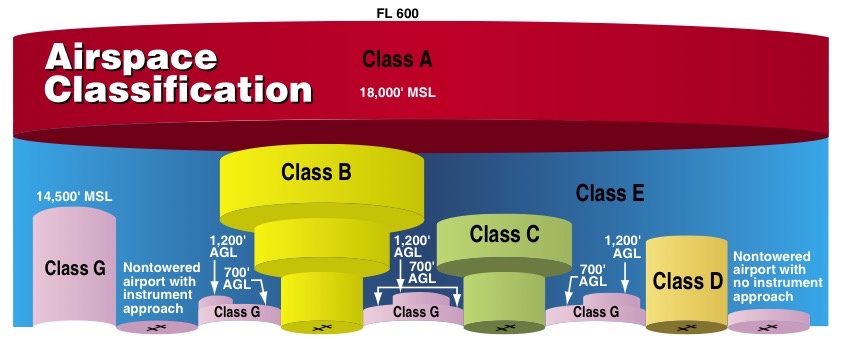midlifeflyer
Touchdown! Greaser!
Yes. It's probaby, for practical puropsess, better to say Class G goes up to 1200 AGL unless a different altitude is depicted.Almost all of the "high" class G airspace has been eliminated by airspace changes through the regulatory process completed during the last 12 months. The remaining few areas are slated for regulation changes. Class G above 1200 AGL in the CONUS is for the most part a memory.


